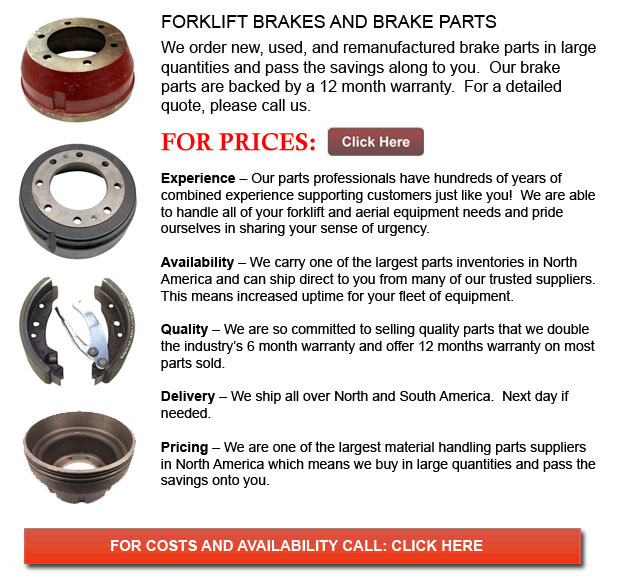
Brake for Forklift - A brake drum is in which the friction is provided by the brake shoes or brake pads. The shoes or pads press up against the rotating brake drum. There are a few various brake drums types together with particular specific differences. A "break drum" will generally refer to when either shoes or pads press onto the inner exterior of the drum. A "clasp brake" is the term used in order to describe when shoes press against the outside of the drum. Another type of brake, known as a "band brake" makes use of a flexible band or belt to wrap all-around the exterior of the drum. Where the drum is pinched in between two shoes, it can be known as a "pinch brake drum." Like a conventional disc brake, these types of brakes are somewhat uncommon.
Prior to the year 1995, early brake drums required constant modification periodically to be able to compensate for drum and shoe wear. Long brake pedal or "Low pedal" travel is the hazardous outcome if adjustments are not executed satisfactorily. The vehicle can become hazardous and the brakes can become useless whenever low pedal is mixed along with brake fade.
There are different Self Adjusting Brake Systems offered, and they can be categorized within two major types, RAD and RAI. RAI systems have in-built tools which avoid the systems to recover when the brake is overheating. The most popular RAI makers are Lucas, Bosch, AP and Bendix. The most famous RAD systems consist of AP, Bendix, Ford recovery systems and Volkswagen, VAG.
The self adjusting brake will normally just engage if the forklift is reversing into a stop. This method of stopping is suitable for use where all wheels utilize brake drums. Disc brakes are used on the front wheels of vehicles nowadays. By operating only in reverse it is less likely that the brakes will be applied while hot and the brake drums are expanded. If tweaked while hot, "dragging brakes" could happen, which raises fuel expenditure and accelerates wear. A ratchet mechanism which becomes engaged as the hand brake is set is one more way the self adjusting brakes could work. This means is only appropriate in functions where rear brake drums are utilized. If the parking or emergency brake actuator lever goes beyond a particular amount of travel, the ratchet improvements an adjuster screw and the brake shoes move toward the drum.
There is a manual adjustment knob located at the base of the drum. It is generally adjusted through a hole on the opposite side of the wheel and this requires going underneath the forklift with a flathead screwdriver. It is of utmost significance to be able to move the click wheel correctly and modify each wheel equally. If uneven adjustment occurs, the vehicle may pull to one side during heavy braking. The most efficient method to guarantee this tiresome task is accomplished safely is to either raise every wheel off the ground and spin it manually while measuring how much force it takes and feeling if the shoes are dragging, or give every\each and every one the same amount of manual clicks and then do a road test.
![]() Click to Download the pdf
Click to Download the pdf
Forklift Parts
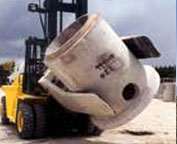
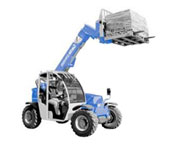
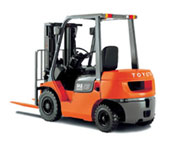
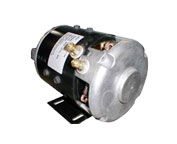
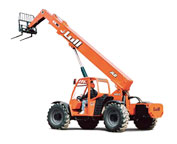
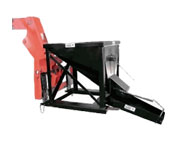
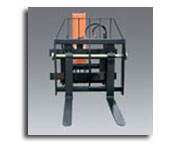
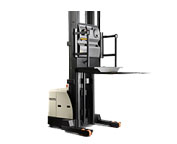
Lift Parts Express
TOLL FREE: 1-888-695-7994
LOCAL: 707-561-8021
55 SPRINGSTOWNE CTR 277
Vallejo, California
forkliftpartsvallejo.com
Email Us
About Us


